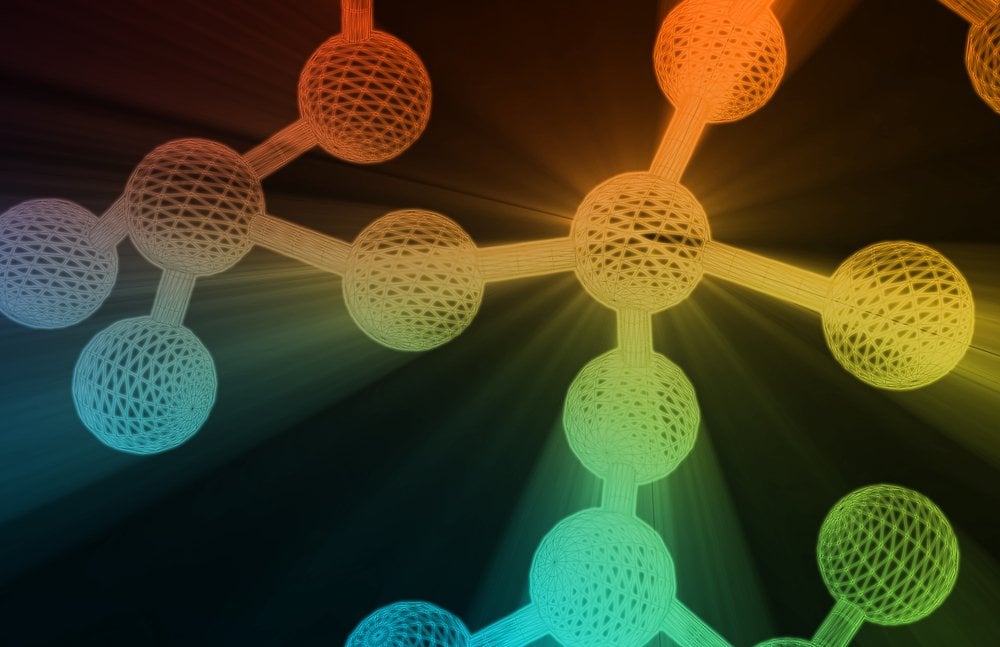
Now that we have recapped the major trends of 2013, let’s look ahead to what will be exciting in 2014 in life sciences.
Fetal sequencing
In the past couple years, scientists have gone from the first proof it was possible to sequence the genome of a fetus using cells from a mother’s blood, to doing it a number of successful ways. Ethical considerations aside, this is a remarkable scientific achievement that has major implications for clinical utility. Why mess with amniocentesis, which introduces a small but not insignificant risk of miscarriage, when your doctor could get a more comprehensive view of the baby’s genome with this minimally invasive approach? This technique could also reveal information about fetal development that has never been available before.
Gene editing
Imagine if editing genes were as simple as editing a word processing document. In theory, you could take the defective gene that predisposes you to, say, breast cancer and fix it in every cell of your body—thereby avoiding that genetic susceptibility entirely. Editing genes has historically been a laborious process with only hit-or-miss success. (Many readers will remember the devastating gene therapy trials that led to the death of a teenager in 1999; that effectively shut down most research into gene editing.) But the discovery last year of a new gene editing technique called CRISPR has left even the most staid scientists awestruck. The approach uses a technique common in bacteria paired with RNA to guide the editing mechanism to the appropriate target and make a specific change.
Epigenetics
Scientists have long known that beyond the A’s, C’s, T’s, and G’s that make up our genome, there is a whole series of other data printed on top of those four letters that influence genetic activity. In other words, you might have a C and I might have a C in the same places in our genome, but they could behave very differently depending on this other data—otherwise known as epigenetics. In recent months, scientists have learned more about this epigenetic data and are figuring out how to measure it; in the process, they have learned that epigenetics may have far more influence on biological function than was previously expected. This will continue to be a fascinating field in the coming year.
Ancient DNA
The field of studying ancient DNA has exploded since the very first genome sequence of a Neanderthal individual was attempted several years ago. Since then, scientists have plucked DNA from any number of hominid fossils, showing that our understanding of the human family tree is not nearly as accurate as experts thought. In the past few years, studies of ancient DNA have given us new distant cousins (Denisovans and an as-yet-unknown relative) as well as changed what we knew about the course of human migration and the likelihood that closely related species interbred, such as Neanderthals and Homo sapiens. Going forward, the question of where we came from will be a powerful motivator among researchers.
Microbiome
Now that fecal transplants have become a successful treatment for patients afflicted with C. difficile, expect studies of the microbiome—the universe of bacteria and other microorganisms that make their homes inside us—to become even more mainstream. Already, these microbial investigations have revealed a lot about differences between people, between parts of the body, and between sickness and wellness. But these are just the tip of the iceberg; we have a long way to go to understand precisely how the network of microbes communicates with and influences the network that is us. As genome sequencing gets cheaper, it becomes more feasible to perform these studies. That’s good news, since microbial populations have already been linked to obesity, neurological disorders, autoimmune diseases, and more.
Synthetic biology
The scientific community has become expert in reading DNA, but lags far behind in the ability to write DNA—a key component in engineering genomes, repairing errors, introducing new functions, and so on. But the dedicated folks in synthetic biology soldier on, bringing us advances such as plants that are naturally resistant to pests to reduce the use of toxic pesticides; engineered ‘minimal’ genomes that contain a fraction of the genetic code in a natural organism; and even data storage, with the use of synthetic biology to encode books and images in DNA. At Techonomy 2013, Stewart Brand even predicted the revival of the passenger pigeon and the woolly mammoth. As the field gains momentum, expect even more breakthroughs.
Replacement organs
Between 3D printing and stem cells, the opportunities seem endless for ways to grow new cells and even organs. Clinicians and scientists have recently used 3D printers to create synthetic ears, bones, skin, and more. The field continues to move forward with clever approaches that suggest we may not be too far from a 3D-printed liver. Meanwhile, scientists made significant progress with stem cells this past year, using them to create bone cells as well as miniature kidneys, brains, and livers. And in a cool twist tying these trends together, researchers also demonstrated it is possible to 3D print stem cells, which could have major implications for creating full-size human organs.
Life Sciences: What to Expect in 2014
Now that we have recapped the major trends of 2013, let's look ahead to what will be exciting in 2014 in life sciences. In the past couple years, scientists have gone from the first proof it was possible to sequence the genome of a fetus using cells from a mother’s blood, to doing it a number of successful ways. Ethical considerations aside, this is a remarkable scientific achievement that has major implications for clinical utility.
















